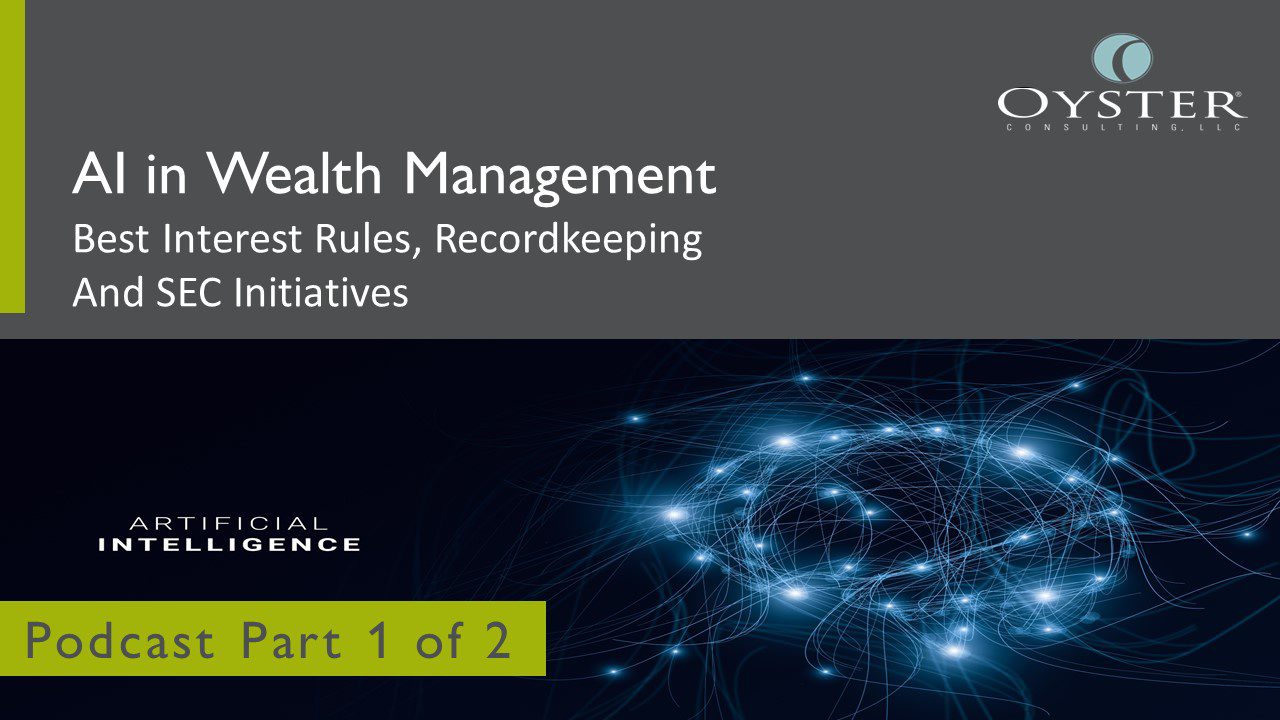FINRA recently released a regulatory notice to help firms understand how their peers are responding to the COVID-19 outbreak. In this Regulatory Notice (Notice), the FINRA staff shared certain observations based on discussions with member firms about steps taken to transition personnel to a remote work environment. The observations were not offered as recommended practices but represented a compilation of information gathered that firms may find useful depending on their circumstances. In addition to addressing the transition of personnel to remote work environments, the Notice addresses challenges relating to remote supervision.
Contact Information and Redirected Phone Lines
To help customers deal with office closures, firms have provided customers with back-up contact information and have redirected telephone lines.
Location Monitoring and Access to Contact Information
Firm associates have been required to report their remote locations, allowing the maintenance of a record of the locations for all remote personnel. Contact information for assigned points of contact within various departments has been provided.
Additional Support and Tools
The Notice provides examples of information and tools to facilitate working remotely, including:
- the use of video conferences to provide training and updates on firm operations;
- the provision of guidance about firm expectations while firm associates are working from home; and
- the provision of additional technology and guidance regarding the use of that technology.
Increased Focus on Confidentiality and Cybersecurity
Additional guidance was provided to firm personnel regarding these topics. Associates were reminded of their obligations regarding the confidentiality of customer information and were instructed to maintain a private workspace and take extra precautions when working near family members or roommates while working from home. Associates were also advised of increased cybersecurity vulnerabilities and potential fraud risks.
General Supervision
Firms that were well-prepared to supervise associates in a new remote work environment identified the use of such things as supervisory checklists, surveillance tools, incident trackers, email review and trade exception reports. Some examples of additional measures that were taken to address remote supervisory challenges included:
- testing of remote supervision capabilities in advance of shelter-at-home orders;
- coaching supervisors to escalate potential issues and concerns;
- scheduling regular meetings for all senior leadership and supervisors to provide updates, including any issues relating to remote work;
- maintaining lines of communication for supervisors to discuss concerns and raise issues with compliance staff;
- ensuring that supervisors are reminded of their ongoing responsibilities and firm policies that are especially important in a remote work environment;
- identifying potential emerging risks or trends that need to be addressed; and
- conducting weekly assessments regarding remote work to determine effective practices and share lessons learned.
Trading Supervision
Where necessary, firms implemented new trading tools that allowed access to trading systems and provided supervisors with enhanced remote supervision capabilities. Some examples of those capabilities included:
- implementation of screening processes and additional supervisory requirements before permitting anyone to engage in remote trading;
- requiring traders to complete attestations stating that they understand and will comply with relevant policies and procedures;
- requiring all supervisors responsible for monitoring remote traders to complete a special supervisory checklist; and
- increasing the frequency of trade report reviews.
Supervision of Communication with Customers
Some firms have implemented additional measures designed to help with supervision of customer communications. Included among them are:
- increased volume and frequency of supervisory review of email communications;
- implementation of additional key word search functionalities to identify potential communication outside of approved firm systems and tools; and
- increased use of recorded lines for telephone conversations.
Branch Inspections
Many firms stopped conducting on-site inspections and, instead, created and implemented a temporary, fully remote inspection plan using video conferencing, electronic document review and other technological tools. Depending on the duration and severity of the stay-at-home orders and travel restrictions, firms were planning to complete the onsite portions of the inspections in the future and, for high risk branches, to prioritize those inspections.



